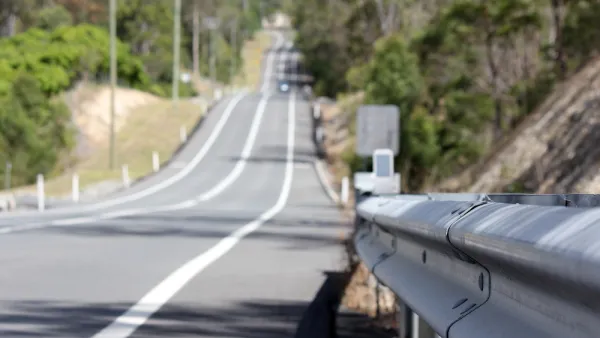Escalating gas prices are depressing, but look on the bright side: a new study shows that they may reduce annual traffic deaths by as much as one-third.
"Professors Michael Morrisey of the University of Alabama at Birmingham and David Grabowski of Harvard Medical School said they found that for every 10 percent increase in gas prices there was a 2.3 percent decline in auto deaths.
Their study looked at fatalities from 1985 to 2006, when gas prices reached about $2.50 a gallon. With gas now averaging more than $4 a gallon, Morrisey said he expects to see much greater drop - about 1,000 deaths a month."
He cautioned that their estimate of a decline of 1,000 deaths a month could be offset somewhat by the shift under way to smaller, lighter, more fuel-efficient cars and the increase in motorcycle and scooter driving...the "same kind of symmetry" between gas prices and auto deaths when prices go down.
'When that happens we drive more, we drive bigger cars, we drive faster and fatalities are higher,' he said.
Clarence Ditlow, executive director of the nonprofit Center for Auto Safety, said it makes sense that auto deaths would decline as driving decreases in response to rising gas prices.
There are a whole bunch of factors that are influenced by higher gasoline prices - teenagers don't have as much money, so you have the most risky drivers driving less; people are switching out of the bigger, older more dangerous vehicles, and people also know if they drive slower they're going to save gasoline," Ditlow said. 'So, from a societal viewpoint, higher gasoline prices have a great number of benefits, and one of the most important benefits is fewer traffic fatalities.'
Thanks to Gladwyn d'Souza
FULL STORY: Study: As gas prices go up, auto deaths drop

National Parks Layoffs Will Cause Communities to Lose Billions
Thousands of essential park workers were laid off this week, just before the busy spring break season.

Retro-silient?: America’s First “Eco-burb,” The Woodlands Turns 50
A master-planned community north of Houston offers lessons on green infrastructure and resilient design, but falls short of its founder’s lofty affordability and walkability goals.

Delivering for America Plan Will Downgrade Mail Service in at Least 49.5 Percent of Zip Codes
Republican and Democrat lawmakers criticize the plan for its disproportionate negative impact on rural communities.

Test News Post 1
This is a summary

Test News Headline 46
Test for the image on the front page.

Balancing Bombs and Butterflies: How the National Guard Protects a Rare Species
The National Guard at Fort Indiantown Gap uses GIS technology and land management strategies to balance military training with conservation efforts, ensuring the survival of the rare eastern regal fritillary butterfly.
Urban Design for Planners 1: Software Tools
This six-course series explores essential urban design concepts using open source software and equips planners with the tools they need to participate fully in the urban design process.
Planning for Universal Design
Learn the tools for implementing Universal Design in planning regulations.
EMC Planning Group, Inc.
Planetizen
Planetizen
Mpact (formerly Rail~Volution)
Great Falls Development Authority, Inc.
HUDs Office of Policy Development and Research
NYU Wagner Graduate School of Public Service



























